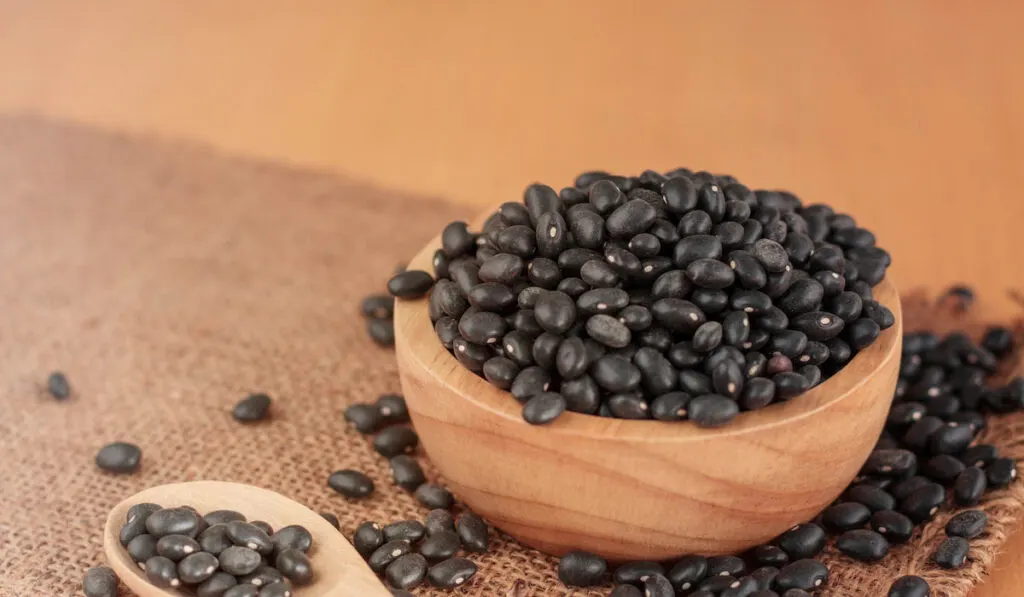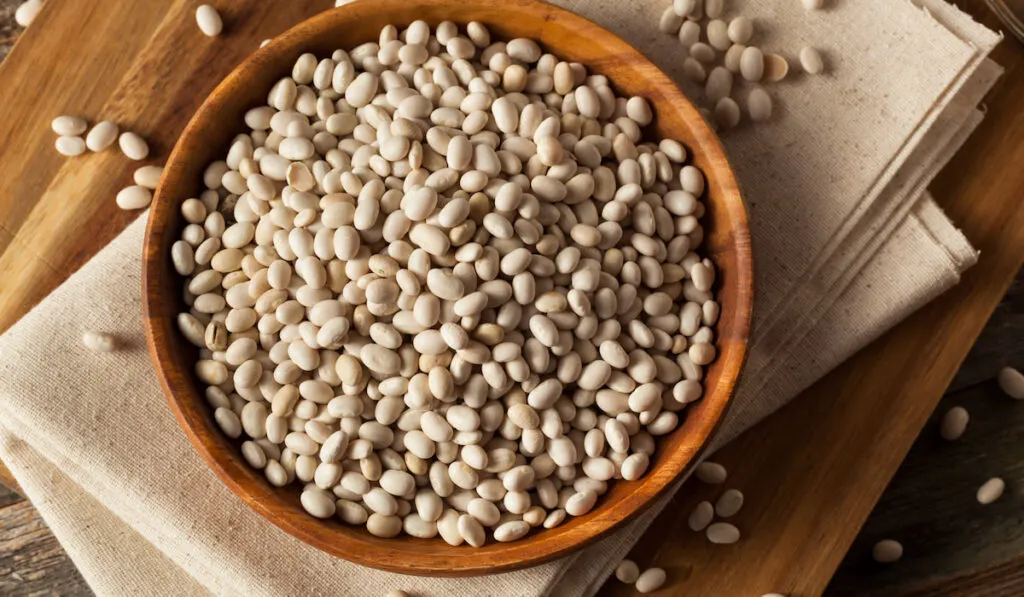Beans are one of the perfect starter plants for aspiring gardeners. If you have kids, you see them bring home a cup full of dirt and bean seeds after their first few science classes.
There is a reason why: Beans are easy to grow and produce results quickly.
Of course, growing beans in a cup is for kids, and you’re probably here trying to figure out which beans will go best in your garden this year. Thankfully, most beans are relatively easy to grow at home, whether you’re planting them in a pot on the kitchen window or in the backyard greenhouse.
When you plant beans, you’ll want to find a balance between beans that you like and the ones that are easiest to grow at home.
For example, if you don’t like lima beans, what’s the point in growing them at all? Sure, you’ll feel some level of success by growing them, but if you don’t eat them, why plant them in the first place?
Here, we give you seven great options for growing beans at home this gardening season. Give them a try and see how it goes!
Table of Contents
1. Pinto Beans

Do you love refried beans or getting the pinto beans on top of your rice at your local Chipotle? Well, we have some great news for you!
Pinto beans are one of the easiest beans to grow at home. Just plant them directly in your soil and give them plenty of water and sunshine.
You’ll do best by planting pinto beans in the summer when they can get the most sunlight possible every day. You only need to water them every once in a while.
Watch for signs that the stalks are getting dry, and then add some water to keep them alive.
2. Green Beans

Everyone loves green beans.
One of the best things about planting green beans is that they become large and fun to watch, besides being easy to grow! You really feel a lot of satisfaction when you see long, thin green beans underneath your plant’s leaves.
You can either grow green beans in bushes out in your garden or on poles in pots. If you have the space, the plants can get quite large.
There are several varieties of green beans, so do a little research to find the type you like. Once your plant starts to sprout, you’ll need some sort of scaffolding, like a tripod configuration, where the vines can start to grow vertically.
3. Vanilla Beans

Vanilla prices have skyrocketed in recent years, and there’s a good chance that the vanilla extract you’re using for your baking is made of the fake stuff.
Why settle for fake when you can grow organic vanilla beans right at home?
Many people are surprised to learn that vanilla beans grow naturally in Mexico. Vanilla beans do best in humid weather and soil with a lot of water.
4. Kidney Beans

Kidney beans are the perfect addition to homemade chili and several casserole dishes. They require much of the same care that pinto beans need.
When you plant kidney beans, make sure that each bean plant is four inches apart.
Once they start growing, the vines tend to migrate toward each other. As a result, many gardeners grow them as pole beans.
To get the best results out of your kidney beans, toss some gardening mulch on top of your soil once the sprouts are tall enough. Mulch will keep the moisture in the soil and protect your sprouts so they can grow.
5. Black Beans

Black beans are another easy bean variety that can grow successfully as either a pole bean or a bush bean. Most people do better planting them as bush beans to prevent sprouts and vines from crossing over each other.
To increase your odds of success, plant your seeds in smaller containers when it’s the tail-end of the cold season. Then, as the weather warms up, you can transport your plants outdoors or into bigger pots.
Give your black beans as much direct sunlight as possible and water them frequently when the plant is young. Once it’s more mature, you can start watering less frequently.
6. Mung Beans

You may not have heard of mung beans before, but most people know this type of bean from buying bean sprouts or eating sprouts in your favorite Asian soup or salad.
Growing mung beans is what most elementary students do as well since they’re so easy to grow.
Mung beans only take about four months from seed to harvest, so you don’t have to wait that long until you’re munching on some healthy bean sprouts grown right at home in your garden.
For the best results, plan mung seeds in early summer, and keep them in warmer soil until they grow up to over two feet long!
Typically, mung beans need more sunlight than other types of beans. Some experts recommend that they get up to as much as ten hours of sun each day.
So mung beans aren’t great for people who live in the Pacific Northwest and other areas that don’t get a ton of sun.
7. Navy Beans

Navy beans are also very easy to grow at home. The main issue with growing navy beans is that they need a lot more water than many of the other types of beans on our list.
You need to give them water every day to keep the plant healthy. They also need a good deal of sunlight daily.
Navy beans grow on poles and can reach up to two feet in length, so you need to build a trellis tall enough for them to grow.
Final Thoughts
Growing beans is a lot of fun! Get some seeds and give it a shot. In just a matter of days or weeks, you’ll see sprouts that will keep you eager to tend your garden and, eventually, eat the beans you grew yourself!
